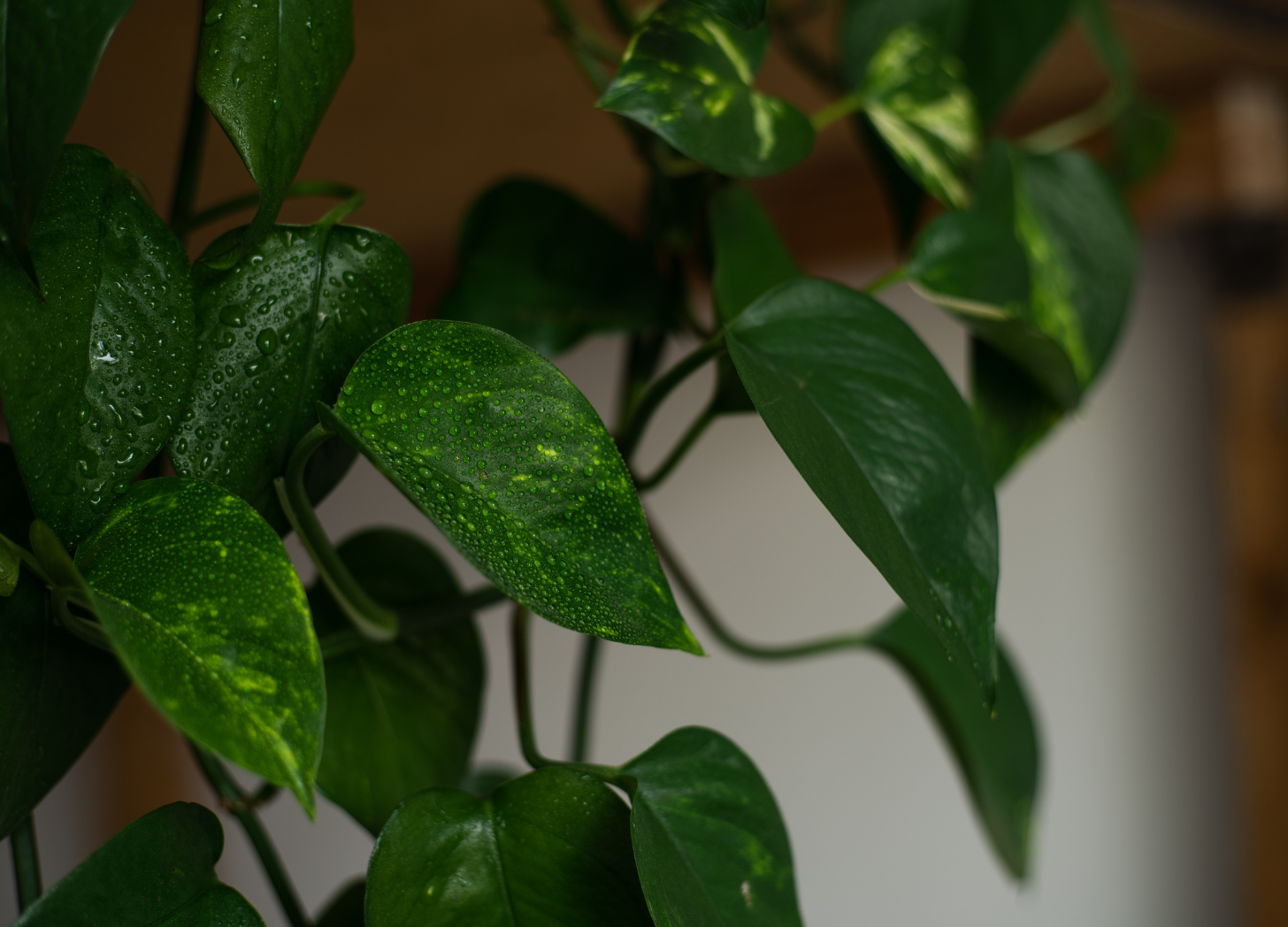If you love the idea of having greenery in your home but don’t have a space flooded with natural sunlight, low light houseplants are the perfect solution. These resilient plants thrive in less-than-ideal lighting conditions, making them ideal for apartments, offices, or homes with limited window space. Not only do they add a touch of nature to your interiors, but they also offer a host of benefits for your well-being. Let’s explore the types of low light houseplants and why they’re worth incorporating into your home.
Types of Low Light Houseplants
-
Snake Plant (Sansevieria)
- Known for its tall, upright leaves and striking patterns, the snake plant is one of the easiest plants to care for. It can tolerate low light and irregular watering, making it a favorite among beginners.
-
Pothos (Epipremnum aureum)
- Often referred to as the “devil’s ivy,” pothos is a versatile trailing plant that thrives in dim light. Its heart-shaped leaves come in a variety of colors, from deep green to variegated white and yellow.
-
ZZ Plant (Zamioculcas zamiifolia)
- The ZZ plant is nearly indestructible, with waxy, glossy leaves that can withstand low light and infrequent watering. It’s a great choice for anyone with a busy schedule.
-
Peace Lily (Spathiphyllum)
- With its elegant white flowers and lush green leaves, the peace lily is both beautiful and functional. It thrives in low light and helps purify the air.
-
Cast Iron Plant (Aspidistra elatior)
- True to its name, the cast iron plant is incredibly hardy. It tolerates low light, temperature fluctuations, and even some neglect.
-
Parlor Palm (Chamaedorea elegans)
- This slow-growing palm adds a touch of tropical elegance to any room. It thrives in indirect light and requires minimal maintenance.
-
Spider Plant (Chlorophytum comosum)
- Known for its arching green-and-white striped leaves, the spider plant is easy to grow and produces adorable “plantlets” that you can propagate.
Benefits of Low Light Houseplants
-
Improved Air Quality
- Many low light plants, like the peace lily and snake plant, act as natural air purifiers. They remove toxins such as formaldehyde, benzene, and carbon monoxide from the air, creating a healthier indoor environment.
-
Reduced Stress and Anxiety
- Studies show that being surrounded by plants can lower stress levels, improve mood, and promote relaxation. Caring for plants can also provide a sense of accomplishment and calm.
-
Enhanced Focus and Productivity
- Adding greenery to your workspace can boost concentration and productivity. Low light plants are perfect for offices or study areas with limited natural light.
-
Humidification
- Plants naturally release moisture into the air through a process called transpiration. This can help increase humidity levels, particularly in dry indoor environments.
-
Aesthetic Appeal
- Low light plants add color, texture, and life to your home. They can soften the look of a room, fill empty corners, and create a cozy, inviting atmosphere.
-
Low Maintenance
- Many low light houseplants require minimal care, making them perfect for beginners or those with busy lifestyles. They’re forgiving and adaptable, thriving in conditions that would challenge other plants.
Tips for Caring for Low Light Houseplants
- Water Wisely: Overwatering is one of the most common mistakes. Allow the soil to dry out between waterings for most low light plants.
- Rotate Regularly: Turn your plants occasionally to ensure even growth, as they’ll naturally lean toward any available light source.
- Dust Leaves: Clean leaves with a damp cloth to help your plants absorb light more effectively and keep them looking their best.
- Fertilize Sparingly: Use a balanced houseplant fertilizer once a month during the growing season to support healthy growth.
Final Thoughts
Low light houseplants are a wonderful way to bring nature indoors, even in spaces with limited sunlight. With their diverse shapes, colors, and benefits, they offer something for everyone. Whether you’re a seasoned plant parent or just starting out, these resilient plants can transform your home into a green oasis of tranquility and beauty.

+ show Comments
- Hide Comments
add a comment